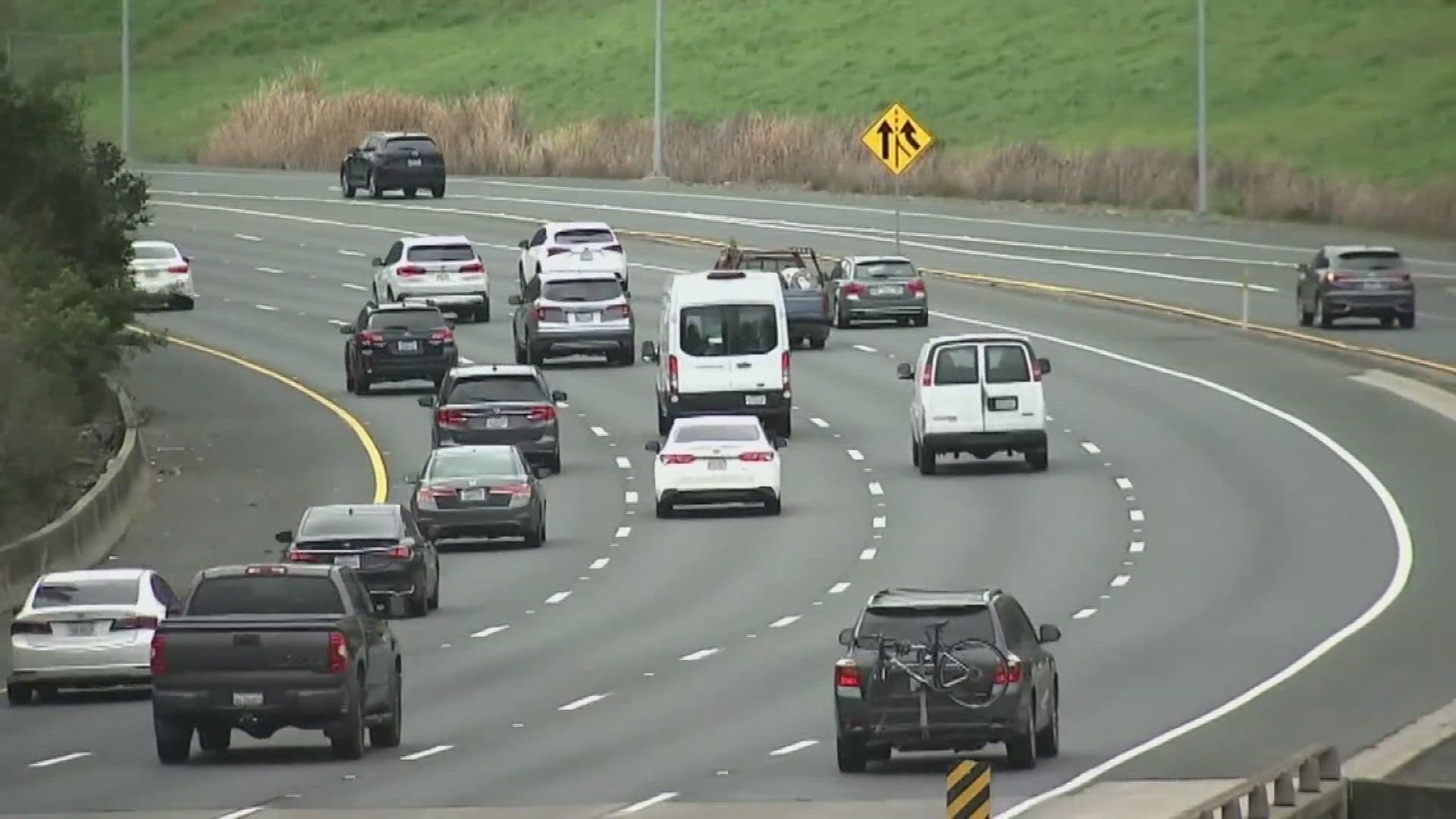California’s Shocking New Road Plan: Pay Per Mile Instead of Gas Tax!
California is testing a radical new approach to funding road maintenance, and it could change the way drivers pay for using the state’s highways. Instead of a gas tax, the state is considering a per-mile fee—meaning you’d be charged based on how much you drive, not how much gas you use.
The state’s Road Charge Collection Pilot, launched by Caltrans, will run from August 2024 to January 2025. The goal? To see if a pay-per-mile system is a fairer and more sustainable way to fund road repairs as more drivers switch to electric and fuel-efficient cars.
Why the Gas Tax Isn’t Working Anymore
Right now, California’s gas tax is a major source of funding for road and highway repairs. But as electric and hybrid cars become more popular, the state is losing a big chunk of that money.
“On average, Californians pay about $300 a year in state gas taxes,” said Caltrans spokesperson Lauren Prehoda. “EVs have a $100 (annual) registration fee… that’s a $200 million a year loss.”
That means less money to maintain roads, bridges, and highways. To make up for it, the state is exploring a mileage-based fee instead.
How the Mileage-Based Fee Would Work
If California moves forward with this plan, drivers would report their monthly mileage using one of several methods:
-
A plug-in device in their car, with or without GPS tracking
-
Vehicle telematics, which use built-in car tracking systems
-
Manual odometer entry, where drivers upload a photo of their odometer reading each month
During the test period, volunteers will earn up to $400 in gift cards for participating. Drivers who still use gas-powered cars will also get credit for any gas taxes they pay during the pilot.
Concerns About Privacy and Fairness
One of the biggest worries? Privacy. Many drivers aren’t comfortable with GPS tracking, which is why the state is offering multiple ways to report mileage.

There’s also the issue of fairness. Some experts warn that a flat mileage fee could hurt lower-income families who drive long distances for work. A study by the Mineta Transportation Institute found that the lowest-income urban households could end up paying about $27 more per year under a per-mile system.
To address this, policymakers are considering ways to adjust the fee—such as lower rates for fuel-efficient vehicles or discounts for low-income drivers.
What Happens Next?
The results of this six-month pilot program will help determine whether California moves forward with the plan. If successful, the state could roll out a mileage-based tax as a permanent replacement for the gas tax in the near future.
For now, Californians have time to weigh in, and the debate over how best to fund road repairs is far from over. One thing is certain: big changes are coming for drivers in the Golden State.


Comments are closed, but trackbacks and pingbacks are open.